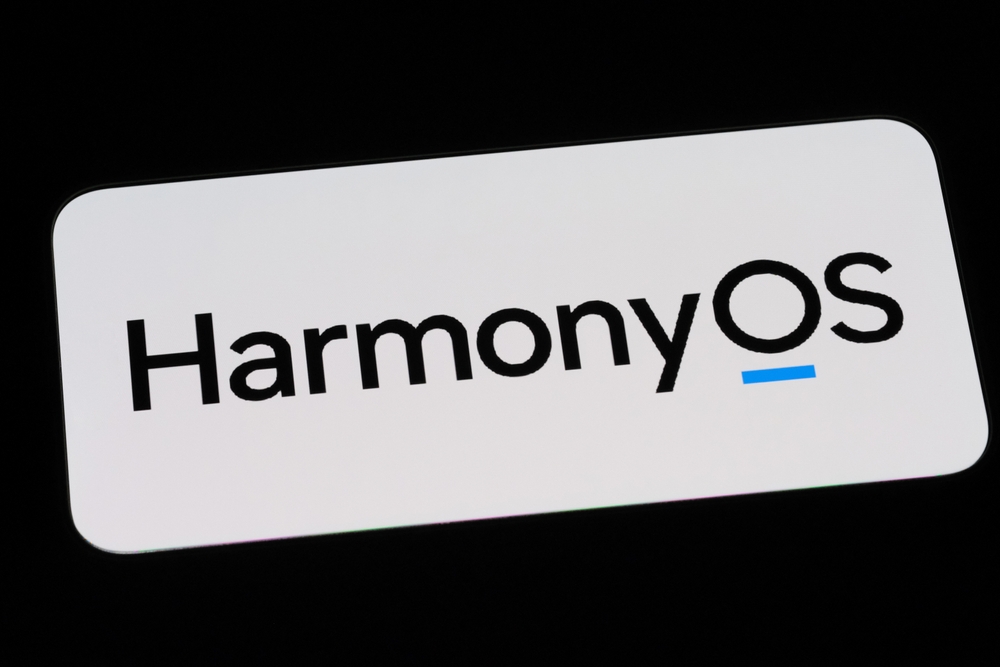When the Huawei ban was imposed in 2019, the company lost access to Google Mobile Services for its Android devices. This significant blow pushed Huawei to develop its own ecosystem, culminating in the HarmonyOS operating system. Initially, HarmonyOS was Android-based, allowing users to run Android apps. However, with the launch of HarmonyOS Next, Huawei has redefined its platform, removing Android app support entirely.
HarmonyOS Next positions itself as a full-fledged alternative to Android. To address the app ecosystem gap, Huawei includes essential apps like a calculator, maps, and a gallery. Additionally, the company is collaborating with Chinese developers to port 4,000 of the most popular apps from its home market, with a goal to introduce 100,000 apps within a year.

Overcoming Challenges with App Compatibility
Creating a thriving ecosystem has been a significant hurdle for alternative operating systems, primarily due to the lack of developer support. While Huawei is expected to secure backing from Chinese developers, gaining traction with international developers remains a challenge. Addressing this, a beta-tested utility named 出境易 (roughly “Easy Abroad”) has surfaced, allowing HarmonyOS Next users to run Android apps seamlessly.
The utility appears to create a containerized environment for running Android apps—a known concept but noteworthy for its swift appearance in HarmonyOS Next’s lifecycle. Once installed, it enables access to numerous popular Android apps, including Facebook, Instagram, Discord, Google Maps, Uber, and more. These apps are accessible from a dedicated folder on the home screen but cannot be moved elsewhere.
Testing and Limitations
Early testing by YouTuber LL Techview revealed that the tool performs remarkably well. Android apps launch quickly, run smoothly, and even integrate into the recent apps menu. Users can log in to their Google accounts for apps like Gmail and Google Search.
However, several limitations temper the experience:
- Play Integrity Checks: The containerized Android 12 version likely fails Play Integrity checks, restricting some apps.
- Lack of Google Play Services: The tool uses microG, so certain app features may not work.
- Whitelisted Apps Only: Users can install only pre-approved Android apps.
- Notification Issues: Notifications for many apps appear only when the apps are open.
- Limited Streaming Quality: Apps like Netflix stream only in SD due to missing Widevine L1 DRM support.
- File Access Restrictions: Android apps cannot access HarmonyOS Next files or photos directly, though files can be transferred into the container.
Despite these drawbacks, the utility offers a viable solution for users transitioning to HarmonyOS Next. It remains uncertain whether these functionalities will remain intact when the stable version of HarmonyOS Next launches next year, notes NIX Solutions. Yet, we’ll keep you updated as more integrations become available.
Huawei’s bold shift with HarmonyOS Next signifies its determination to break free from Android’s shadow. Whether this gamble will pay off globally hinges on the platform’s ability to attract developers and refine user experience. For now, tools like 出境易 offer a glimpse into a promising, albeit challenging, future for HarmonyOS Next.
